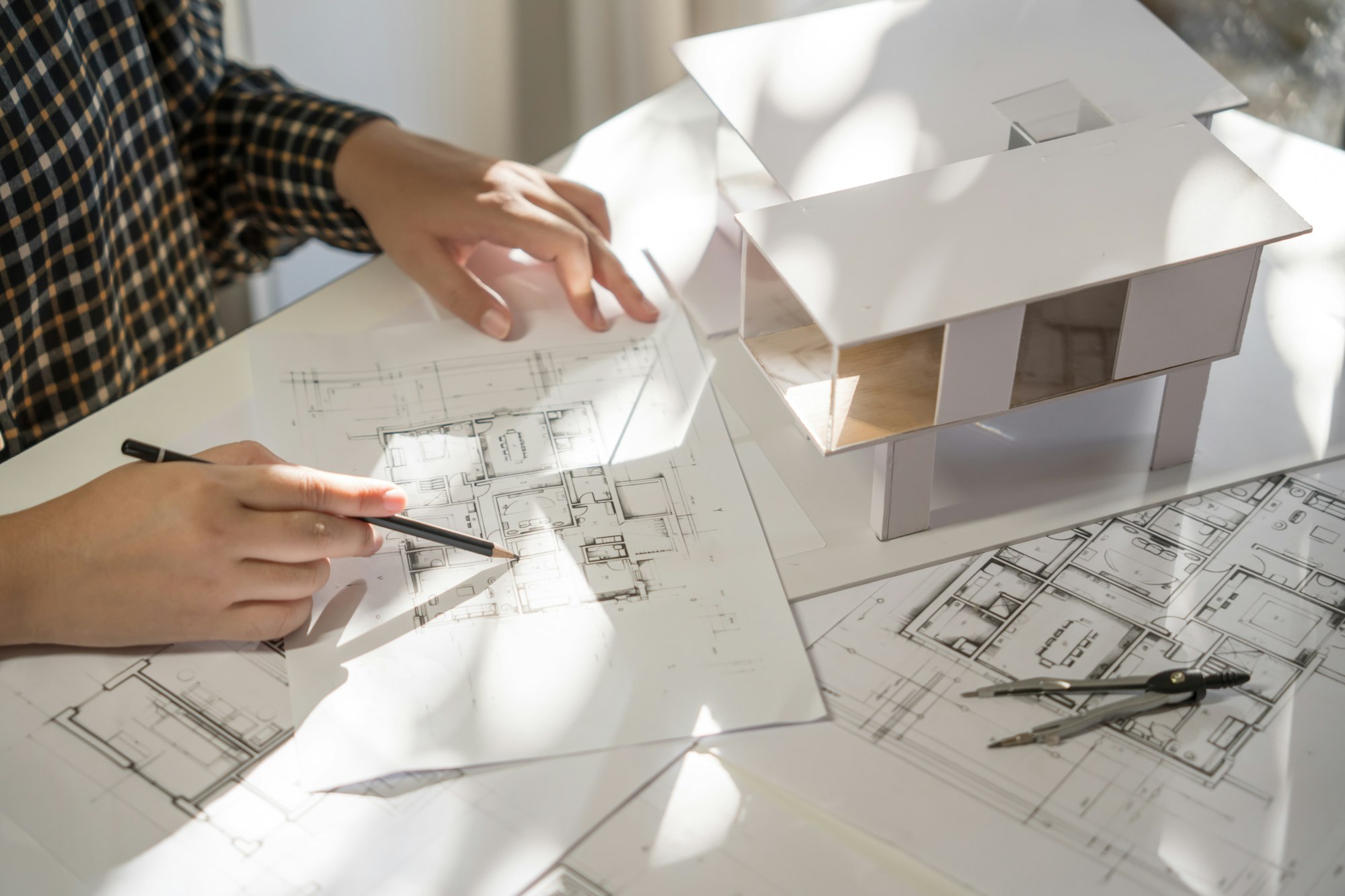Designing a residential property such as an apartment building in the UK involves a careful balance between creativity, regulation compliance, and functionality. Whether the project is a sleek, modern apartment complex in a bustling city centre or a more suburban residential building, the architectural process involves several key phases. From maximising space to adhering to building regulations and ensuring safety, the goal is to create a harmonious living environment that enhances quality of life while being cost-effective and secure. Below is an exploration of these vital considerations in the architectural design process, tailored to UK laws and guidelines.
1. Maximising Space: Efficient Spatial Planning
One of the most critical factors in designing a residential property, especially in urban areas, is the efficient use of space. The UK has strict guidelines concerning the minimum space standards for residential dwellings, defined by the Nationally Described Space Standard (NDSS). These standards ensure that apartments are built with a sufficient level of usability and comfort.
When planning an apartment building, architects must consider how to maximise both living and communal spaces. This often involves:
- Open-Plan Living: By reducing internal walls and combining the kitchen, living, and dining areas, you create a more spacious feel. The design can be optimised by introducing sliding doors or multi-functional furniture.
- Maximising Natural Light: Light enhances the perception of space. Large windows, skylights, and clever orientation of the building can help flood the interiors with natural light, making smaller spaces feel more expansive.
- Vertical Design: In urban settings, where land is limited, verticality becomes essential. Architects may integrate lofts, mezzanine floors, or high ceilings to create a sense of openness in a smaller footprint.
2. Building Regulations and Compliance
Compliance with building regulations is an essential aspect of architectural design in the UK. These regulations ensure the health and safety of residents, as well as energy efficiency and accessibility. Key areas that affect residential property designs include:
- Part M: Access to and Use of Buildings: This regulation ensures that new buildings are accessible and can be adapted for disabled individuals. The design should include provisions for ramps, wide doors, and accessible bathrooms.
- Part L: Conservation of Fuel and Power: This relates to energy efficiency, ensuring the building uses insulation and energy-saving systems. Architects must integrate efficient heating, cooling, and lighting solutions to meet the UK’s strict energy performance standards.
- Part B: Fire Safety: Ensuring the safety of occupants is paramount. The design must include proper escape routes, fire-resistant materials, and integrated fire detection systems. Adhering to these regulations is critical, as non-compliance can result in delays, fines, or even the failure of the project to be approved.
3. Planning Approval and Safety Considerations
Before any construction can begin, obtaining planning approval from the local authority is necessary. This process involves submitting detailed plans, including drawings and site information. It’s important to note that each local council in the UK may have its own set of requirements and policies, so it’s crucial to understand the local context when designing.
Key factors that planners look for in residential property designs include:
- Density and Height: How many apartments will be included in the development? Does the building fit the local aesthetic and character of the neighbourhood? Are there any restrictions on the height of the building?
- Traffic and Accessibility: The building must include provisions for traffic management and adequate access points. Designs should consider how residents, visitors, and service vehicles will access the property, ensuring minimal disruption to the local area.
- Sustainability: Increasingly, planners expect sustainable design features such as green roofs, rainwater harvesting systems, and energy-efficient materials to be included in residential developments.
Safety also plays a significant role in the approval process. The design must demonstrate compliance with safety standards, including fire safety, ventilation, and structural integrity.
4. Spatial Planning and Sales Pricing
Spatial planning is not only about comfort and usability; it also directly correlates with the commercial viability of the property. The way apartments are laid out and sized influences the overall sales pricing per unit.
- Optimising Unit Size: Small apartments tend to sell quickly, especially in high-demand urban areas. However, they must still meet the minimum space standards and provide functionality. Overcrowded layouts can deter potential buyers.
- Consideration of Premium Features: Apartments with unique features, such as private balconies, higher ceilings, or better views, can command higher prices. Premium placement of units (e.g., top floors with panoramic views) significantly impacts pricing.
- Communal Areas: Shared amenities like rooftop gardens, gyms, and communal lounges add value to a property. These spaces foster community living and justify higher overall pricing for the building.
5. Traffic Control, Access Points, and Security
A well-thought-out design for traffic control and access is crucial, especially for larger residential developments. Proper planning in this area ensures smooth entry and exit, reducing congestion and promoting safety.
- Vehicular Access: Architects must design parking spaces and access points that accommodate the flow of residents and visitors. In many UK developments, a basement or underground car park is often used to maximise land use.
- Pedestrian Access: Safe and easy access for pedestrians is vital. Separate pathways, pedestrianised zones, or green spaces can create a pleasant living environment.
- Security: The importance of security cannot be overstated. The design should include secure entry points, such as key fob access or gated entrances, as well as provisions for CCTV and proper lighting in communal areas.
Conclusion
Designing a residential apartment building in the UK is a complex process that requires a deep understanding of spatial planning, regulatory compliance, and safety considerations. By optimising space, adhering to UK building regulations, and paying attention to planning approval requirements, architects can create functional, attractive, and safe living spaces. Traffic control, accessibility, and security are equally vital to ensure the building operates smoothly and appeals to future residents. For architectural firms like LT Architecture, balancing creativity with practicality and regulatory compliance is key to successfully delivering residential projects that meet both client and market demands.



